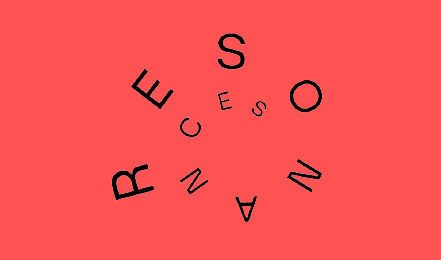‘social history’
Seeing the Whole Picture: Studies on the Work of György Konecsni
… applied graphics, and by others as the co-creator of one of the most cited works of historicist socialist realism, Before the Storm (1951). Beyond exploring Konecsni’s body of works from new perspectives, the authors of this new volume published by the Central European Research Institute for Art History (KEMKI), draw on the findings of new Hungarian and international research with respect to the period in order to present aspects of—and groups of works from—his oeuvre that are …
Organising the Spectacle: Regional Contexts of the Historical Avant-garde
… series of events that characterised the period in the context late 19 th – early 20 th century social movements and mass culture. It goes beyond the aesthetic interpretations of art and approaches it through its social embeddedness and international framework, in line with methods and inquiries from the interdisciplinary crossovers of social history and art theory, such as urbanism, sociology of art, intellectual history, and cultural transfer. The central concept of the research …
Resonances
… project examines the historical relationships, interactions, collaborations, cultural-political-social differences and similarities between the art scenes of the Central and Eastern European region from the second half of the 1960s to the fall of communism. Between 2021 and 2023, the first phase of the project, Resonances: Regional and Transregional Cultural Transfer in the Art of the 1970s was realized in collaboration with Andrea Euringer Bátorova (Comenius University, Bratislava, …
Magdolna Gucsa
Art Historian Research fellow at the Central European Research Institute for Art History, working in avantgarde research. She holds an MA in art history from Eötvös Loránd University and a BA in international economics from Corvinus University of Budapest. She spent a semester at the University Paris-Nanterre. She completed her joint PhD in 2023 in the School for Advanced Studies in the Social Sciences (EHESS, Paris, art history) and Eötvös Loránd University (ELTE, …
Fond of Ilka Gedő
… the creation of oil paintings in diary form. The remaining notebooks mainly contain notes on art history and color theory, translations, and diaries. The notebooks are supplemented by 191 letters. The detailed contents of the manuscript legacy are listed in Hungarian and English in Appendices 2 and 3. The fond of Ilka Gedő is preserved by the Museum of Fine Arts – Central European Art History Research Institute (KEMKI) Archive and Documentation Center (ADK) under the inventory …




